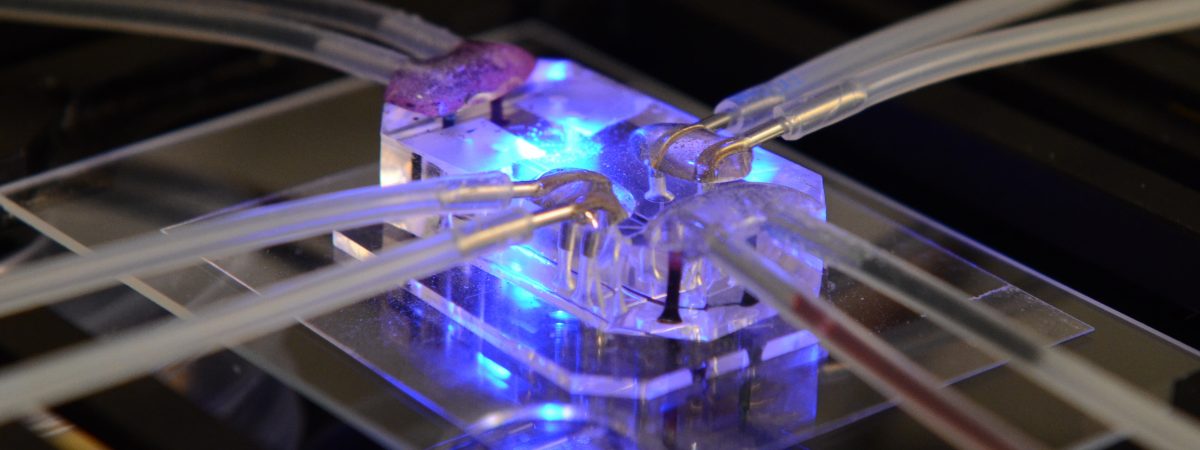There is a recent article in The Guardian, Is the body key to understanding consciousness? with explorations of how the body plays a role in what it means to have consciousness.
The article explores the body for self-consciousness, with phantom limb, where people have already lost a limb but still feel what appears to be pain in the lost limb. It also discusses body integrity identity disorder (BIID), where someone has a limb or part but feels uncomfortable and wishes it to be removed.
There is a quote in the article, “Phantom sensations occur because the brain creates a dynamic model of the body by integrating tactile and visual information with limb position signals from the muscles and tendons. This model, variously called the “body schema” or “body image”, is crucial for both the perception and control of the body. But when a limb or other body part is removed, the schema is not properly updated, and so it retains an imprint of the missing part. As a result, the individual remains conscious of the missing part — often, even more so than of their existing body parts.”
There is no model the brain creates to know anything that is not a memory function. Memory has representatives, equivalents or uniformity—of internal and external senses—stored.
There are small and large stores of a uniform unit or identity [thought or its form]. Whatever the memory stores for limb position is in this same form as it stores language, objects and so on. There is no distinction between memory for body, or memory for mind. Memory is the where they all meet, controlling, directing and positioning for experiences each moment.
There is no body schema or body image that is not thought or in the form of thought, as the quantity stored in memory. It is in the form of thought that the memory represents whatever is elsewhere, setting up what to know, how and if, and so on, including for conditions—symptomatic or asymptomatic.
In brain science, senses mostly collect at the thalamus, except for smell that goes into the olfactory bulb. It is these hubs they are processed or integrated, since sense types are differentiated, across several functions of interoception and exteroception.
Sensory processing or integration is where the mind begins, or where the consciousness begins, or how the brain creates the mind. It is the basis of scientific consciousness, not philosophical labels.
Sensory integration structures for the emergence of a new quantity or identity of all senses, in the same uniformity, for what can be used across mind-world interactions. The way to think of a smell, or recall a taste or know what pain is, or a sound and so on, is in the same form as converted, with sensory processing.
It is after sensory processing that relay of that unit [thought or its form] goes to the cerebral cortex for interpretation. Interpretation is knowing, feeling and reaction. Knowing is memory, where all senses have a form of [converted, sense to] thought, stored where properties for each experience can be acquired.
There are small and large stores. Small stores relay constantly to large stores in sequences, for what to know, understand, hate, like, and so on as experiences. Large stores contain similarities between small stores—having the most unique information on anything.
Small stores travel to large stores, simply, to acquire the properties necessary for experiential interactions. Some small stores are transient while others are resident. Both, bearing thought, is what gets to go from store to store.
Pre-phantom, the limb was a large store in memory. Post-phantom, it did not just disappear.
Usually, it is difficult to think much of a limb, pre-phantom, but for those who have lost theirs, the lost limb becomes a flash point of worries [or obviously missing], so it often makes the small stores visit its [representative] large store.
It is not all the sides of the large store that a small store visits, so the property of pain could be at a particular stretch, slice or side, that when it gets there or bounces from there to the pain large store, it becomes why pain is still felt without having the limb.
This is similar to BIID, where the thought acquires the property of discomfort making the limb unwanted, even while it is there, but bounces from its large store to the one for what it means to not be wanted or desired.
There was a paper in the article, Neural correlates of consciousness: progress and problems where the authors stated that “Being conscious means that one is having an experience … to see an image, hear a sound, think a thought or feel an emotion.”
Emotion is a property of thought, all experiences are by the properties thought acquires. Whatever consciousness is, aligns with the property of thought.
Body-mind is also a function of representative stores in memory locations in the brain such that it is properties acquired, or visits of one, affecting the other, that determine answer of how mind affects the body or how the body affects the mind, a concept that can be tested.
Displaying thoughts, with rules, using video games and other digital displays, would become a new direction in mental health.




